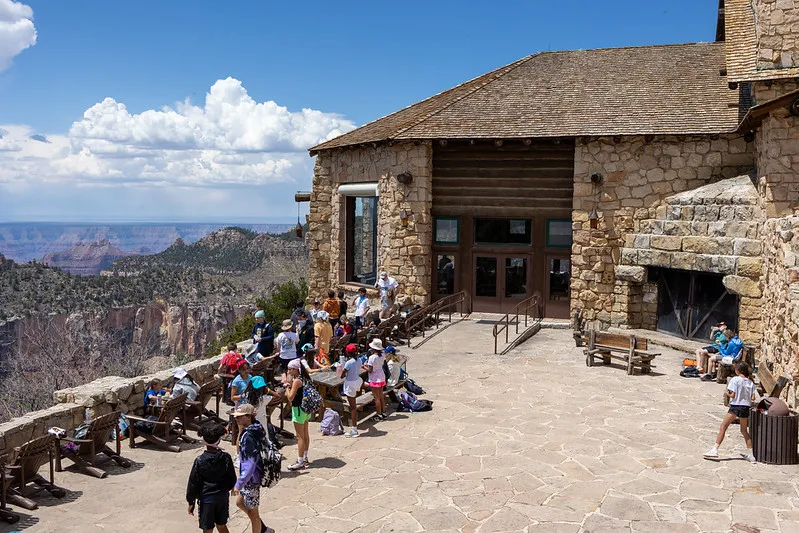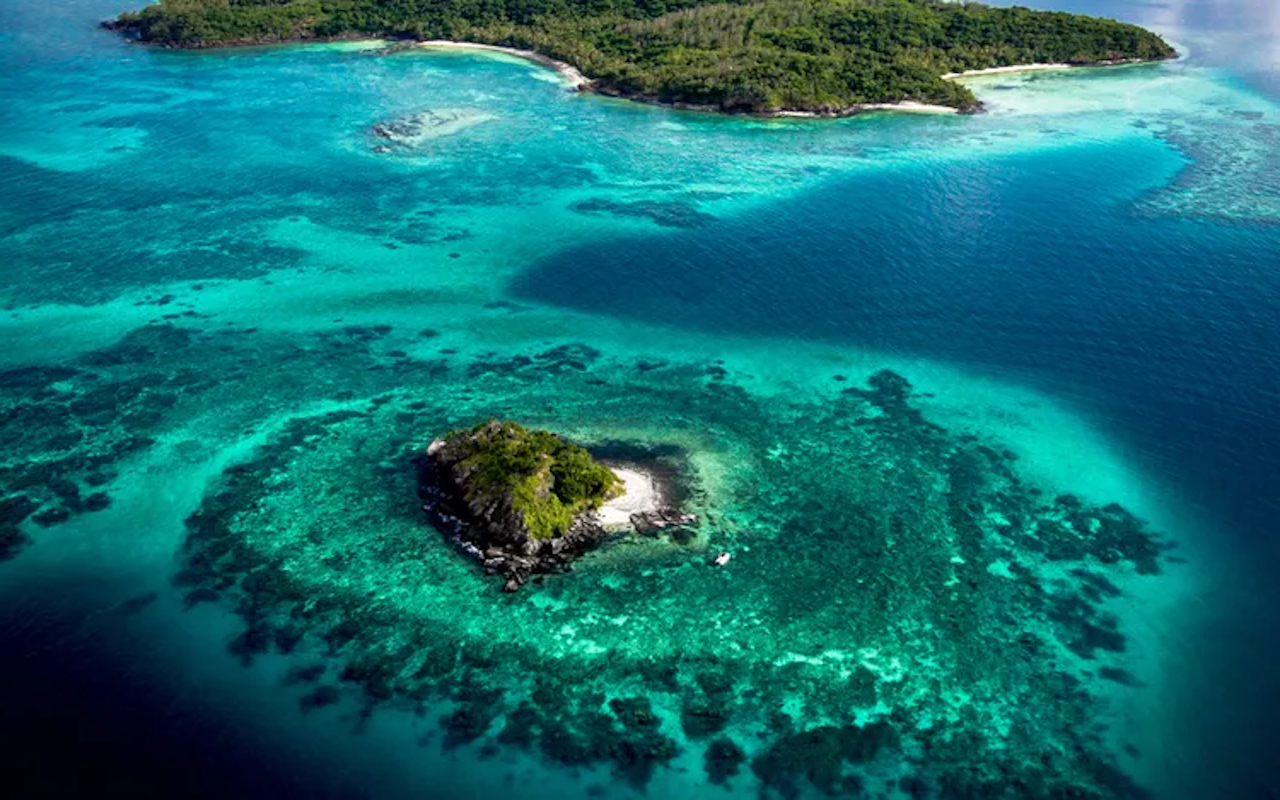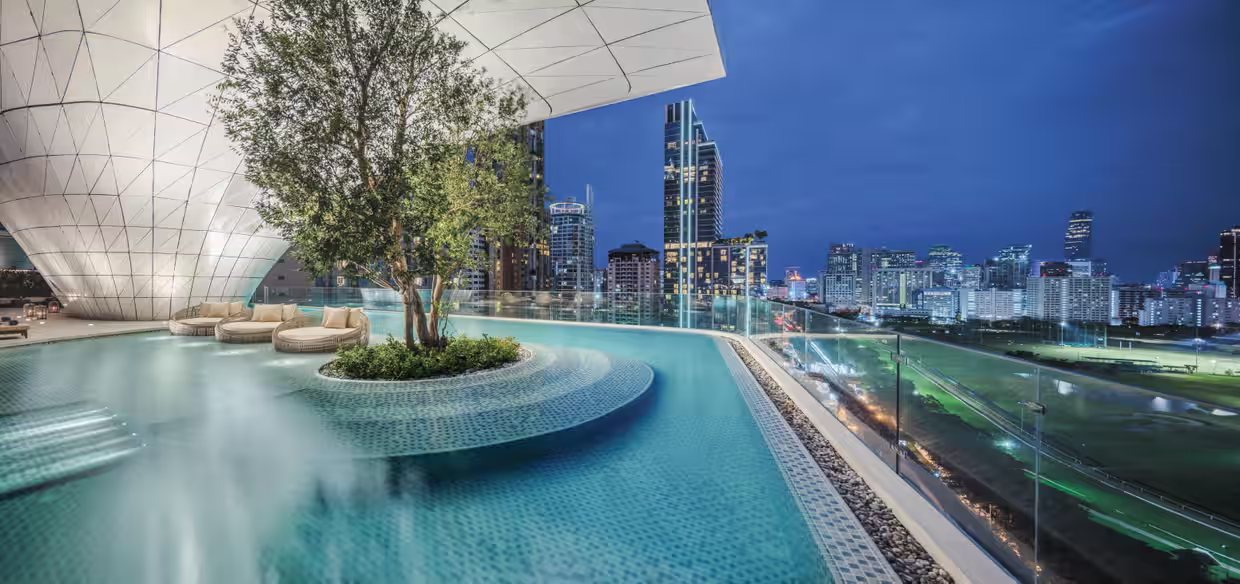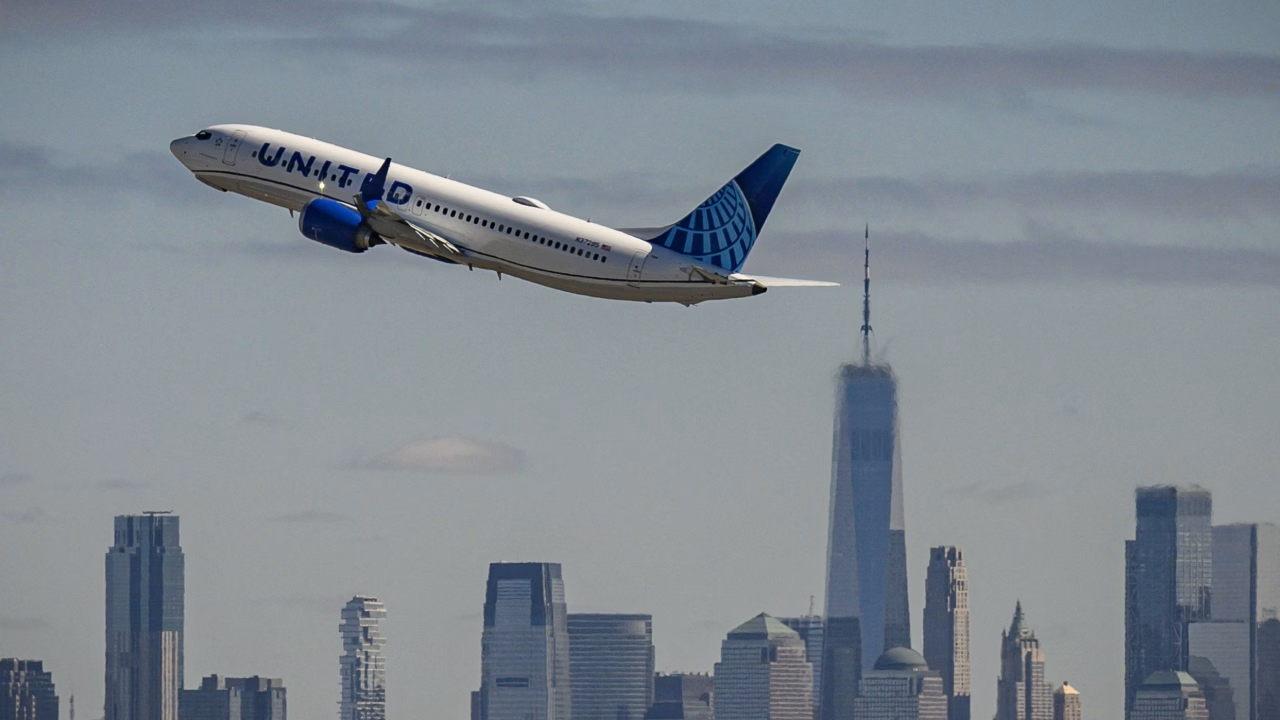Summer Prep: National Parks Near Las Vegas
As the calendar inches closer to Memorial Day and the inevitable summer heat descends upon Las Vegas, many are already planning their escapes to cooler climates and stunning natural landscapes. Fortunately, the region surrounding Southern Nevada is home to an incredible array of national parks and recreation areas, all gearing up for the busy summer season.

Summer Prep: National Parks Near Las Vegas
These parks offer diverse experiences, from towering red rock formations and vast canyons to high mountain peaks and unique desert ecosystems, providing perfect destinations for day trips or longer vacations within driving distance of the city.
Close-by Options for a Quick Getaway
For those looking for a convenient dose of nature close to the city, several excellent options are just a short drive away. The Red Rock National Conservation Area, known for its scenic loop drive and numerous hiking trails, offers dramatic red rock formations.
Nearby, the Lake Mead National Recreation Area provides opportunities for water-based activities like boating, swimming, and fishing on the expansive reservoir. Don’t overlook Nevada’s state parks either, such as the stunning Valley of Fire State Park with its vibrant red Aztec sandstone formations, or the historic Spring Mountain Ranch State Park nestled in the Spring Mountains, offering a cooler retreat.
Even for these closer parks, it’s crucial to do your homework before visiting. For instance, Red Rock requires timed-entry reservations through May 31st to manage visitor flow. Similarly, as summer temperatures rise, certain popular trails at Lake Mead may close due to extreme heat danger.
Essential Safety Tips for Desert and Mountain Parks
Visiting the parks surrounding Las Vegas, particularly during the warmer months, requires careful preparation to ensure safety. The desert environment can be deceptively harsh. Hydration is paramount – carry significantly more water than you think you’ll need, and drink frequently, even if you don’t feel thirsty. Avoid strenuous activity during the hottest parts of the day, typically late morning through late afternoon. Seek shade whenever possible and be aware of the symptoms of heat exhaustion and heatstroke.
Beyond heat, proper planning includes:
- Sun Protection: Use sunscreen with a high SPF, wear wide-brimmed hats, and protective clothing.
- Navigation: Do not rely solely on your cell phone for navigation, as service is often unreliable or nonexistent in remote areas. Carry physical maps and know your route.
- Trail Conditions: Check the park’s official website or visitor center for current trail conditions, closures, and any specific hazards (like flash flood potential in canyons).
- Weather Awareness: Mountain weather can change rapidly. Be prepared for sudden temperature drops, rain, or even thunderstorms, even if the forecast is clear elsewhere.
- Wildlife: Maintain a safe distance from all wildlife. Be aware of venomous snakes, scorpions, and other potential hazards.
- Inform Others: Always let someone know your planned itinerary, including where you are going and when you expect to return. Avoid hiking alone, especially on challenging or remote trails.
Zion National Park: Expecting Record Crowds
One of the most popular destinations near Las Vegas is undoubtedly Zion National Park in Utah. Park officials anticipate another exceptionally busy summer season, citing the 92,000 visits recorded just over the 2024 Memorial Day weekend and nearly 5 million visits throughout that year, making it the second-busiest park in the entire National Park system.
Due to the expected influx of visitors, prepare for significant congestion at entrance stations, on park roads, in parking lots, and on the mandatory park shuttle buses within Zion Canyon. For travelers simply passing through the area on their way to other destinations, the National Park Service strongly advises bypassing the park entirely to avoid delays.
Alternative routes like Utah State Route 20, Utah State Route 14, and the combination of U.S. Highway 89 with Arizona 389/Utah 59 can help you reach your destination without entering the heavily congested park.
Specific attractions within Zion also have important considerations:
- The Narrows: Wading in the Virgin River through The Narrows is a bucket-list experience, but requires vigilance regarding weather forecasts and water levels, as flash floods are a serious danger. Permits are required for certain strenuous hikes within The Narrows, particularly overnight trips or those starting from the top down.
- Angel’s Landing: Hiking the iconic Angel’s Landing trail requires securing a permit through a lottery system due to its popularity and challenging nature. You will need to carry identification.
- Current Conditions: Always check for fire restrictions and be aware of any public health alerts, such as warnings about toxic cyanobacteria blooms that can affect water recreation safety. The official Zion National Park Facebook page is often updated with real-time conditions, wildlife sightings, and important alerts.
Grand Canyon National Park: South and North Rims Reopening
Grand Canyon National Park is another major draw, offering breathtaking scale and dramatic views. While a large infrastructure project to build a new Transcanyon Waterline has been underway since last year, impacting certain areas, parts of the park are reopening for the summer season.
Notably, the Bright Angel Trail and campground on the South Rim are scheduled to reopen on Thursday, May 15th, providing access to one of the canyon’s most famous trails down into the gorge.
Thursday, May 15th also marks the official reopening of the North Rim for the 2025 season. This includes access to the North Rim entrance, the Grand Canyon Lodge, and Grand Canyon Trail Rides. However, note that the Bright Angel Point Trail on the North Rim will remain closed for the entire season due to damage.
Campers planning a visit should be aware of updated rates that took effect on May 1st. Standard rates at the Desert View, North Rim, and Mather campgrounds are now $30 per night, with group sites priced at $55 per night. The tragic incidents involving hiker fatalities on Grand Canyon trails last year serve as a somber reminder of the importance of being fully prepared, understanding the extreme conditions, and not pushing your limits in such a challenging environment.
Bryce Canyon National Park: Iconic Trails Reopen
Famous for its unique hoodoos (irregular rock spires), Bryce Canyon National Park offers spectacular scenery at a high elevation, averaging around 8,000 feet. This altitude means cooler temperatures than the surrounding valleys but also presents challenges from winter weather.
The iconic Wall Street trail, one of the most popular routes descending into the canyon amongst the hoodoos, recently reopened last week. It had been closed since January 10th due to significant rockfall danger caused by winter freeze-thaw cycles affecting the cliffs.
While the park is currently open and does not require entry reservations, its high-altitude environment means conditions can change, particularly regarding trail safety after weather events. Always check the official Bryce Canyon National Park website for the most current information on trail status, closures, and safety alerts before your visit.
Death Valley National Park: Extremes and Stargazing
Death Valley National Park holds titles for the nation’s lowest elevation (-282 feet at Badwater Basin) and recorded one of the highest air temperatures on Earth (134 degrees at Furnace Creek in 1913). These extremes mean that summer visits, particularly during peak heat, might not be ideal for everyone. However, the park is more than just heat and sand.
The rugged Panamint Mountains rise dramatically to over 11,000 feet above the basin floor, offering cooler temperatures at higher elevations. Many of the park’s major roads, which suffered extensive damage from floods in recent years, have been successfully reopened, restoring access to popular areas.
Safety in Death Valley is paramount. The park’s extreme environment demands respect for its power. Adhere strictly to park rules and safety guidelines. Staying hydrated, avoiding strenuous activity during the day’s heat, and remaining on marked trails are critical to preventing dangerous situations that have tragically claimed lives in the past.
Despite the heat, Death Valley is renowned for its exceptional dark skies, earning a Dark Sky Park designation. While skies are often clearest in winter months, locations like Zabriskie Point, the Mesquite Flat Sand Dunes, and Harmony Borax Works remain popular spots for nighttime photography and stargazing year-round.
Great Basin National Park: Escape the Crowds and See the Stars
For those willing to drive a bit farther – approximately 285 miles from Las Vegas – Great Basin National Park in eastern Nevada offers a truly spectacular and less crowded alternative. This park features a diverse landscape, including the fascinating Lehman Caves, ancient bristlecone pine groves, and several of the state’s tallest mountain peaks, providing a welcome escape from the desert heat at higher elevations throughout the year.
Great Basin is internationally recognized for its pristine night skies, having received the Dark Sky Park designation in 2016. It is considered one of the best places in the continental United States for stargazing, offering unparalleled views of the Milky Way and celestial phenomena away from urban light pollution. This makes it an ideal destination for campers and astronomers alike seeking solitude and breathtaking nightscapes.
Planning Your Summer Park Visit
As you finalize your summer vacation plans near Las Vegas, remember that preparation is key to a safe and enjoyable trip. Always check the official websites or apps for the specific national and state parks you plan to visit. Look for information on entrance fees (consider purchasing an America the Beautiful Pass if visiting multiple federal parks), required reservations (like timed entry or camping permits), current conditions, and any urgent alerts.
Packing smart, understanding the unique challenges of each park’s environment, and prioritizing safety will ensure your summer adventures in the stunning landscapes surrounding Las Vegas are memorable for all the right reasons.





